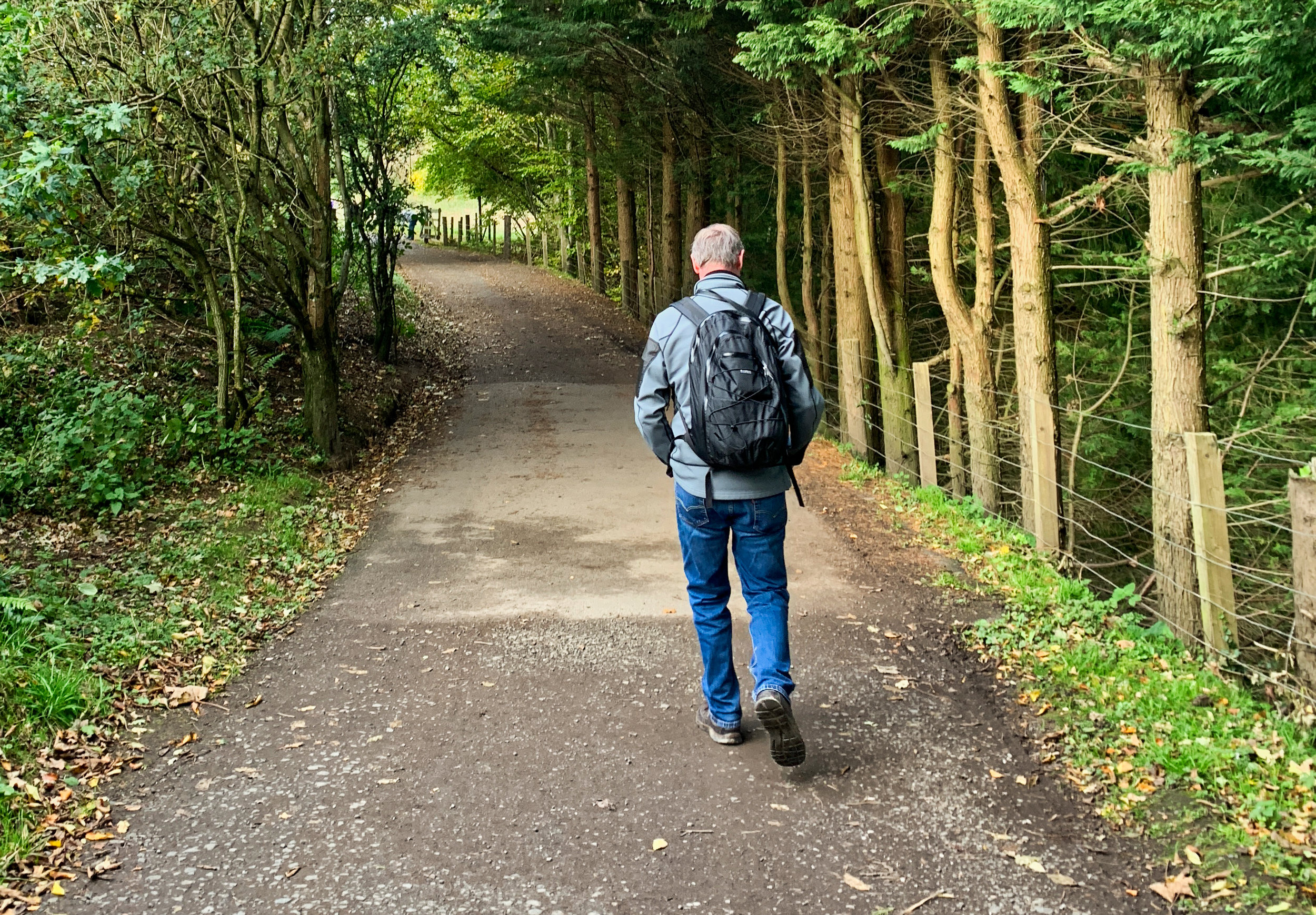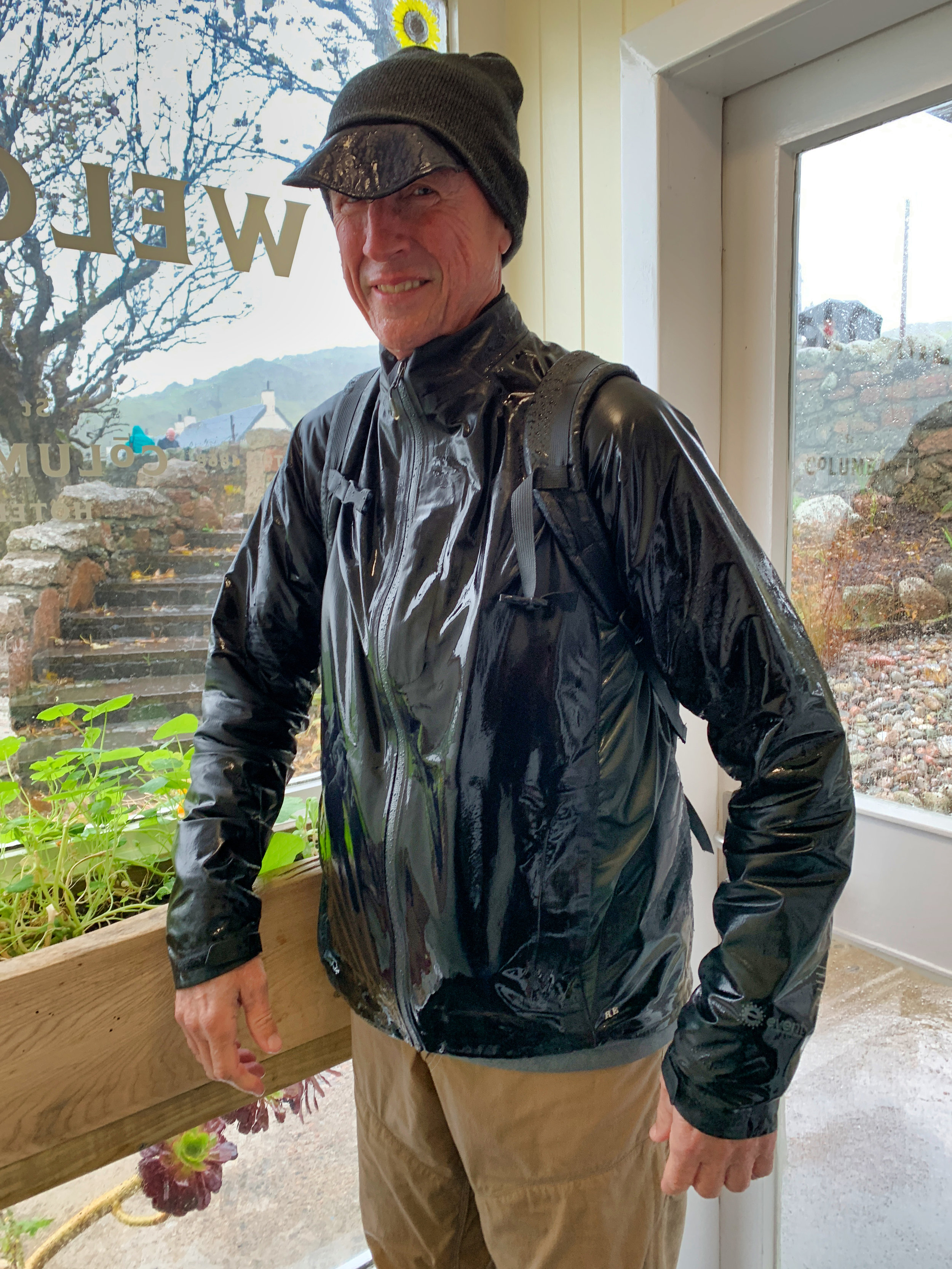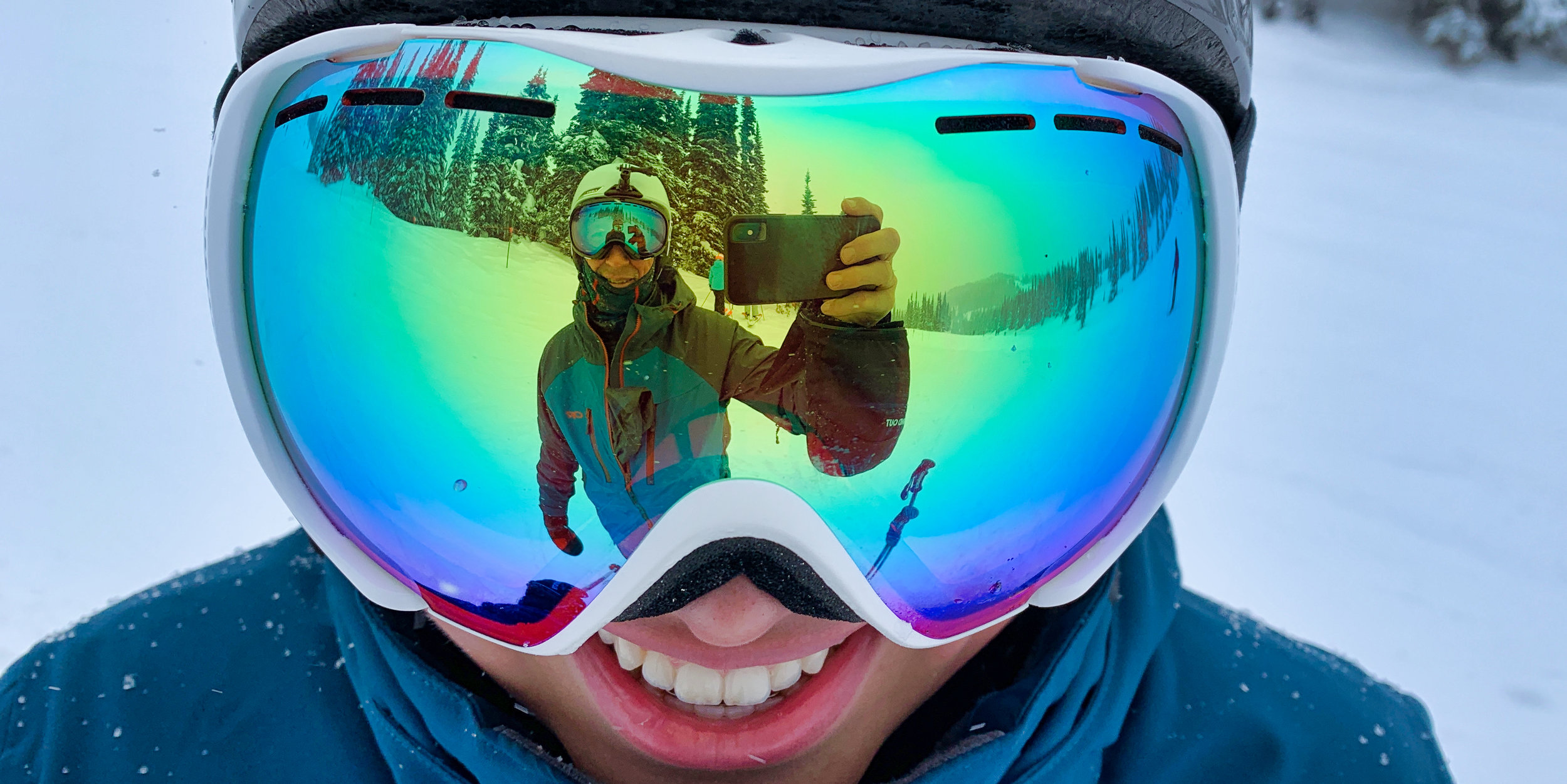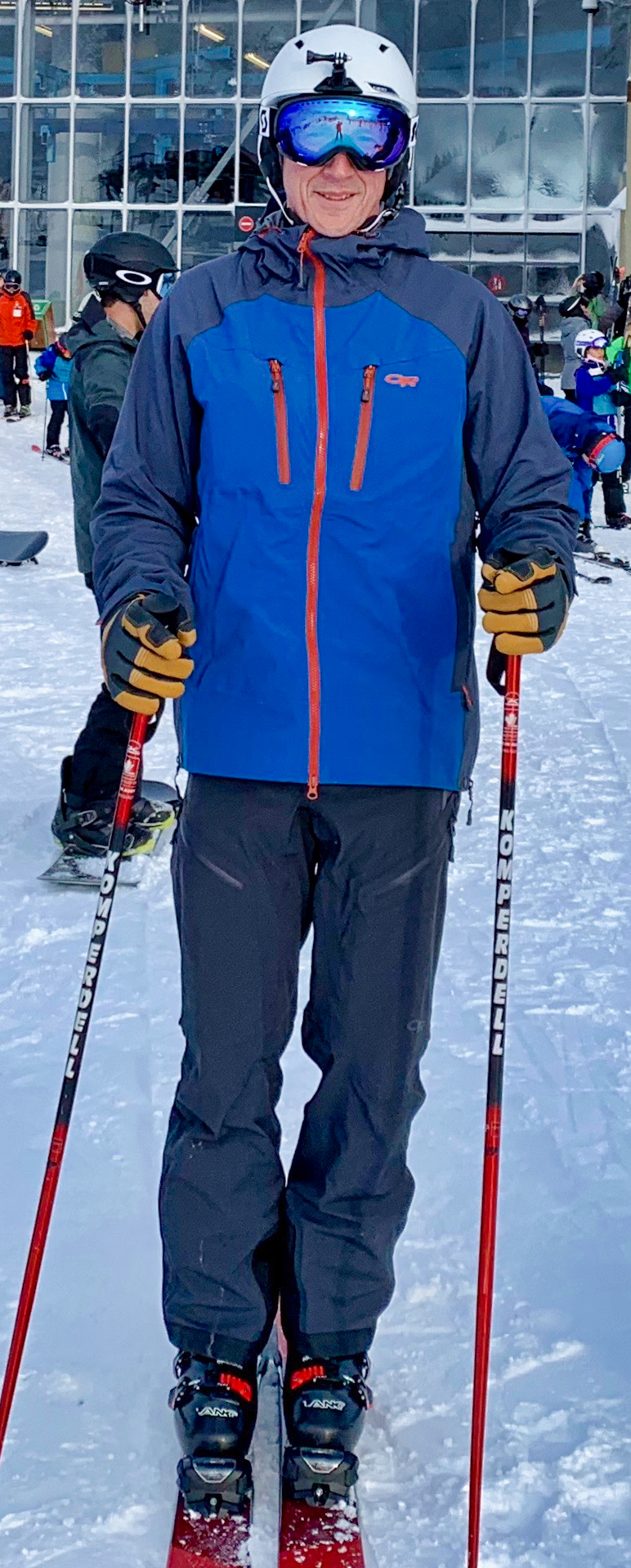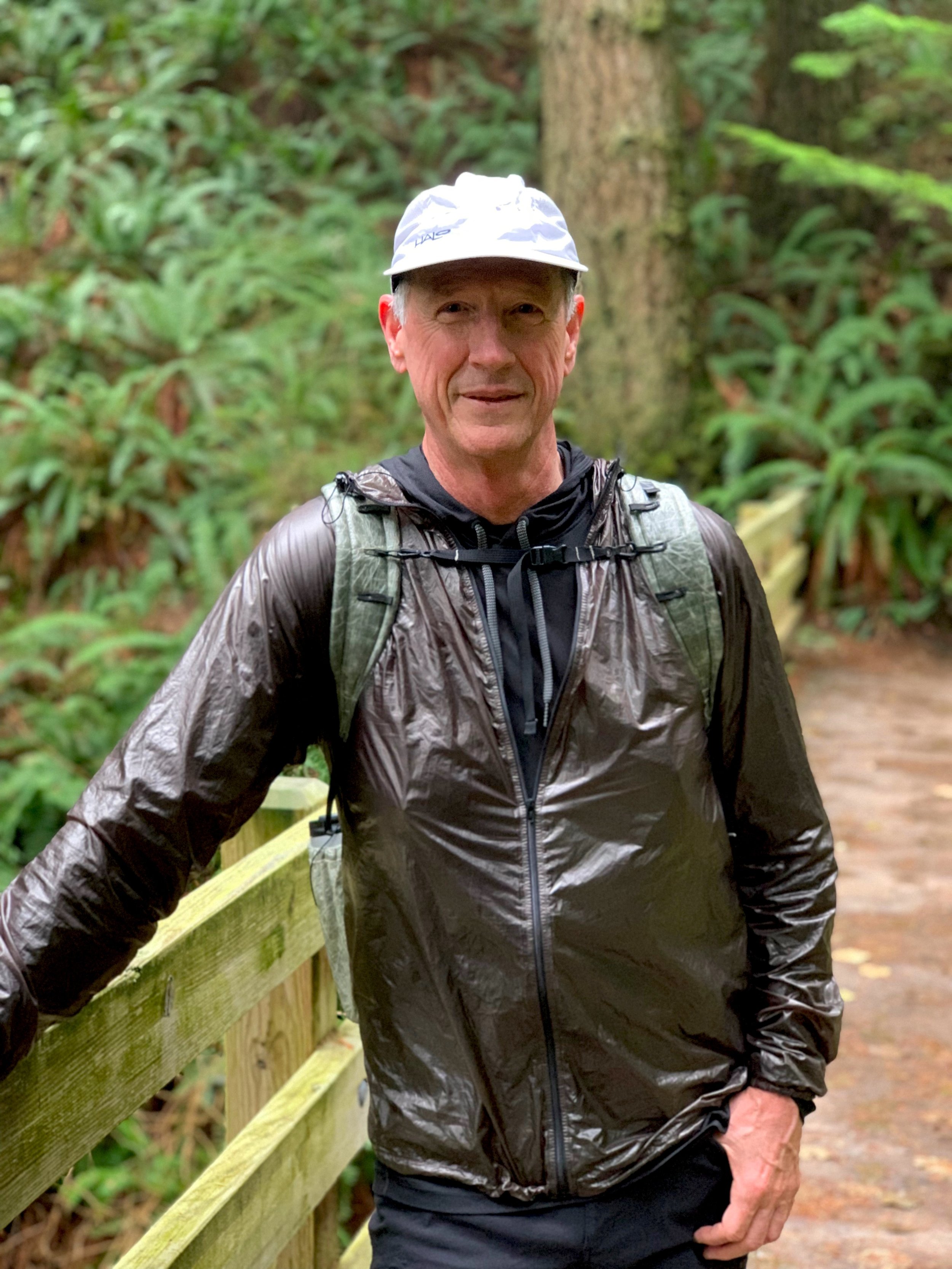Hurricane Ridge Road Bike (Olympic National Park): August-2019
I filmed this classic climb and descent in September of 2015. However, with the newer iteration of GoPro (Hero 7 Black), the quality is so much better that I have retired that first video and replaced it with this. The Hero 7 has such good internal software stabilization that I was able to author this video in 2.7K, the same format I used for recording. I have also embraced the wider view versus the 960 video I have used in the past for biking. But enough about these technical tidbits, let’s consider this climb/descent, arguably one of the finest in Washington State. For my jaunt the start/stop point was a hotel in Port Angeles, WA, making for a 40 mile ride with 5,400’ of climb/descent. This road is in excellent shape and my early start enabled me to leave the Hurricane Ridge Visitor Center (Olympic National Park, 5242’ elev) at 9:30 AM. Downhill traffic was light but lots of cars and other cyclists were noted on their ascent. My stats showed consistent speeds of 30 to 38 MPH on the descent. Of note, the steepest grade is actually the first 5 miles of the road until reaching the entry kiosk to the park. The road is slightly over 17 miles long.



